Drawing lessons from cartoons
02 Oct 2014
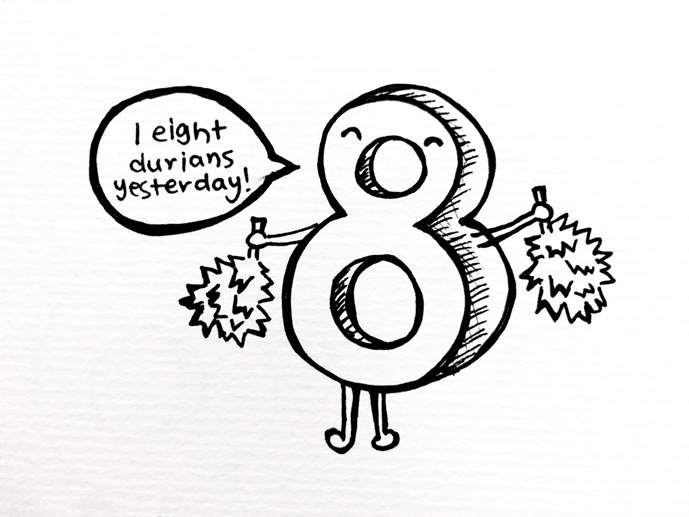
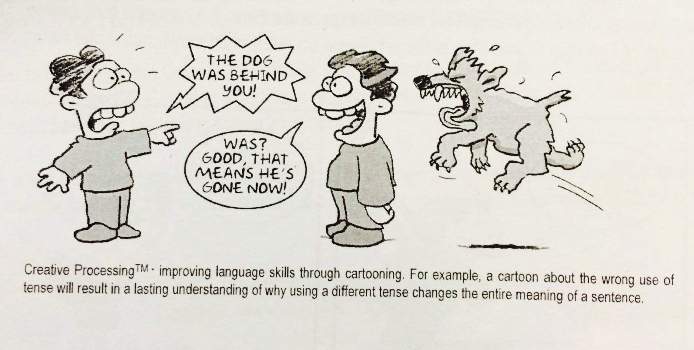
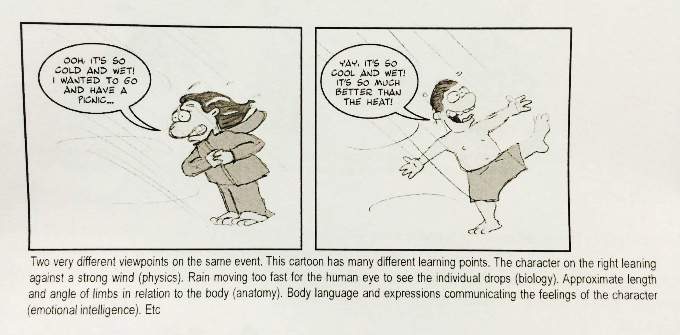
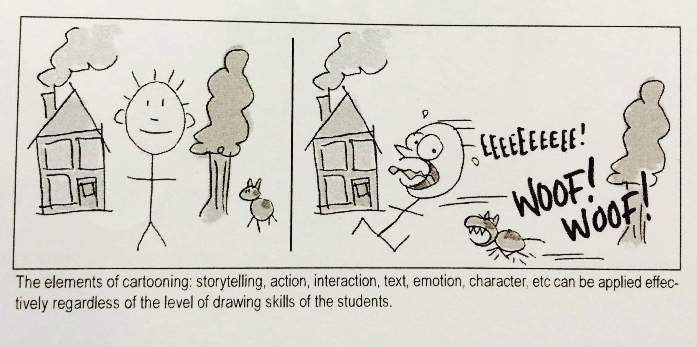
Cartooning is a fun way for children to learn. Ms Kamarunisa Mohamed, an early childhood educator, and Mr Iskander Walen, a professional cartoonist, shared at a conference by Early Childhood Development Agency (EDCA) how parents and educators can use cartooning to engage their children: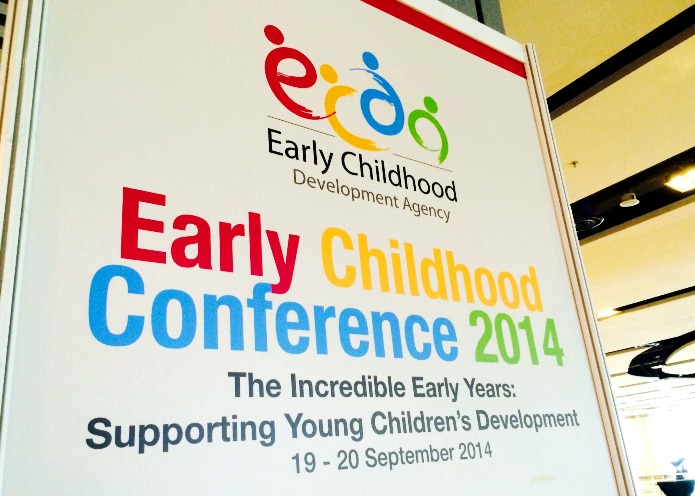
- Encouraging children to thinkInstead of passively listening to a story, children can be prompted to think of different scenarios or possibilities.
For example, as you tell the story of Little Red Riding Hood, draw Little Red Riding Hood with her face blank and ask the children to describe how the little girl felt as she made a trip through the forest alone. You could then fill in the facial expression based on their responses.
- Integrating learning objectivesCartooning helps children retain information better and can be used to teach a variety of topics, such as shapes, numbers and language. Ms Kamarunisa shared that “cartooning is a fun way to engage children in language and literacy development.”
By filling in a character’s speech bubble, children can learn to build up their vocabulary. For example, if a character is being chased by a dog, the word being taught could be “Help!”
- Helping children express themselvesChoosing relatable stories can help children deal with issues. Some may be more eager to speak up during the cartoon storytelling, while others may prefer to draw and write rather than talk.
For example, if children were asked to draw their reaction to a dog, one may express excitement, while another may express fear. When drawing a family, one may draw a happy family, while another may draw a broken one. As they express themselves, caregivers can take the opportunity to talk about their drawings and their thoughts.
- Developing their creativity
“We show them how to use the tools, but not what to make with them,” said Mr Iskander. Instead of allowing children to copy the sample drawing done by the teacher, it would be better to encourage them to express their creativity. For example, to allow children to draw their own version of the story based on their personal experiences (e.g. Little Red Riding hood goes to the Zoo) or their idea of an alternative ending.
“Even if you cannot draw well, you can still draw stick figures,” said Mr Walen, who encouraged parents and educators to try out cartooning as a teaching tool.
Have you tried using cartooning and drawing as a teaching tool? Share with us in the comment box below!

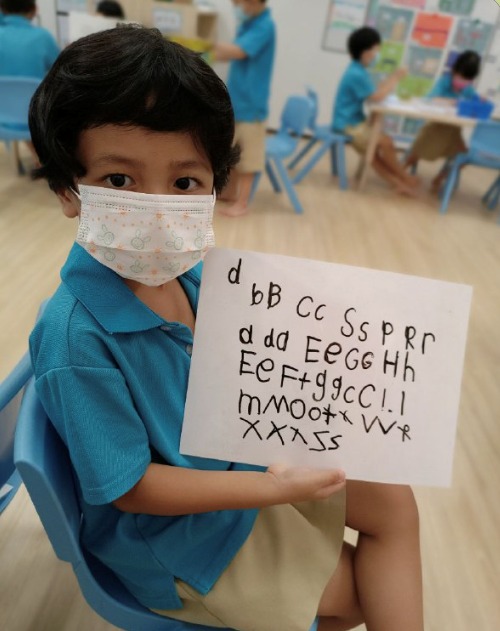
.jpg)
.jpg)
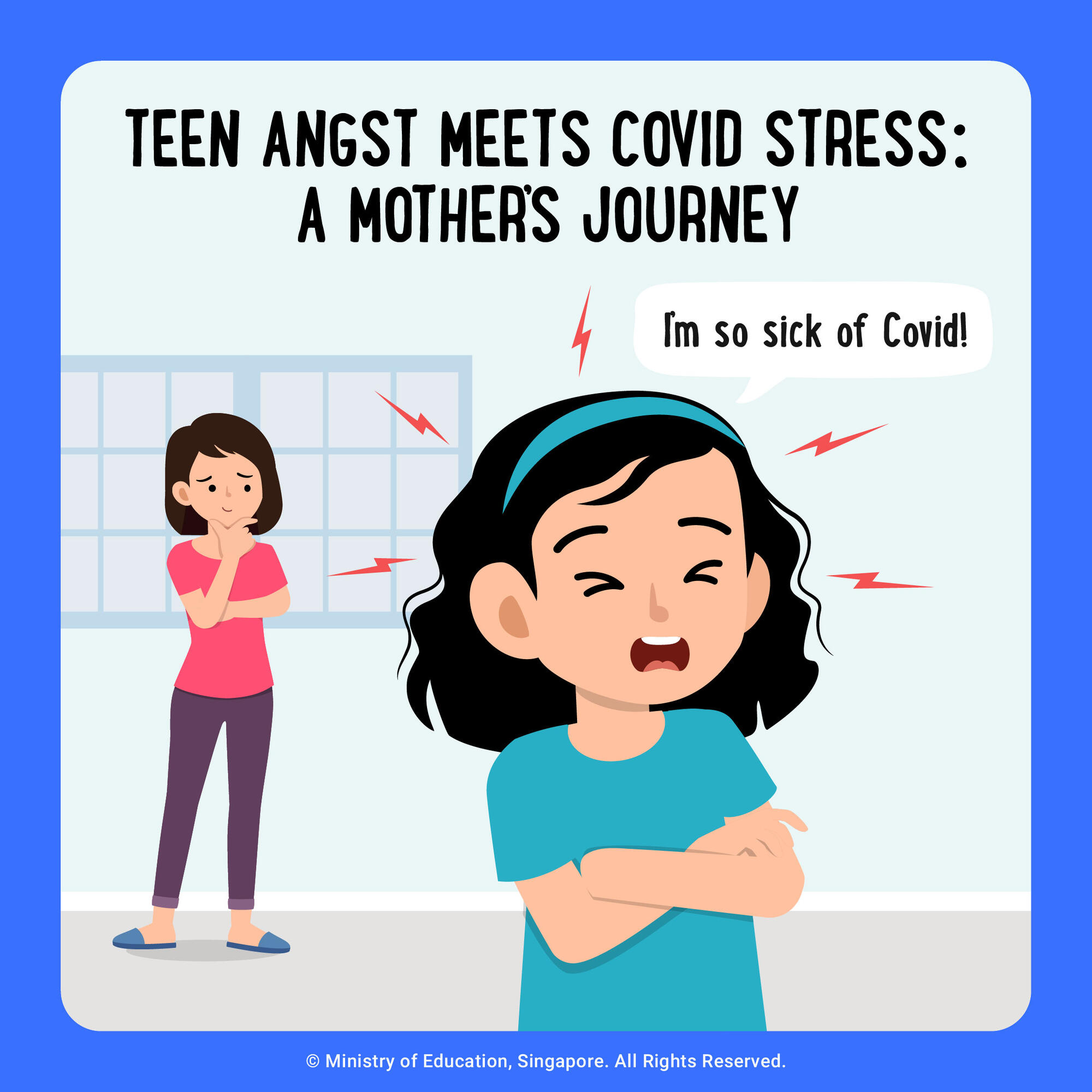
.jpg)